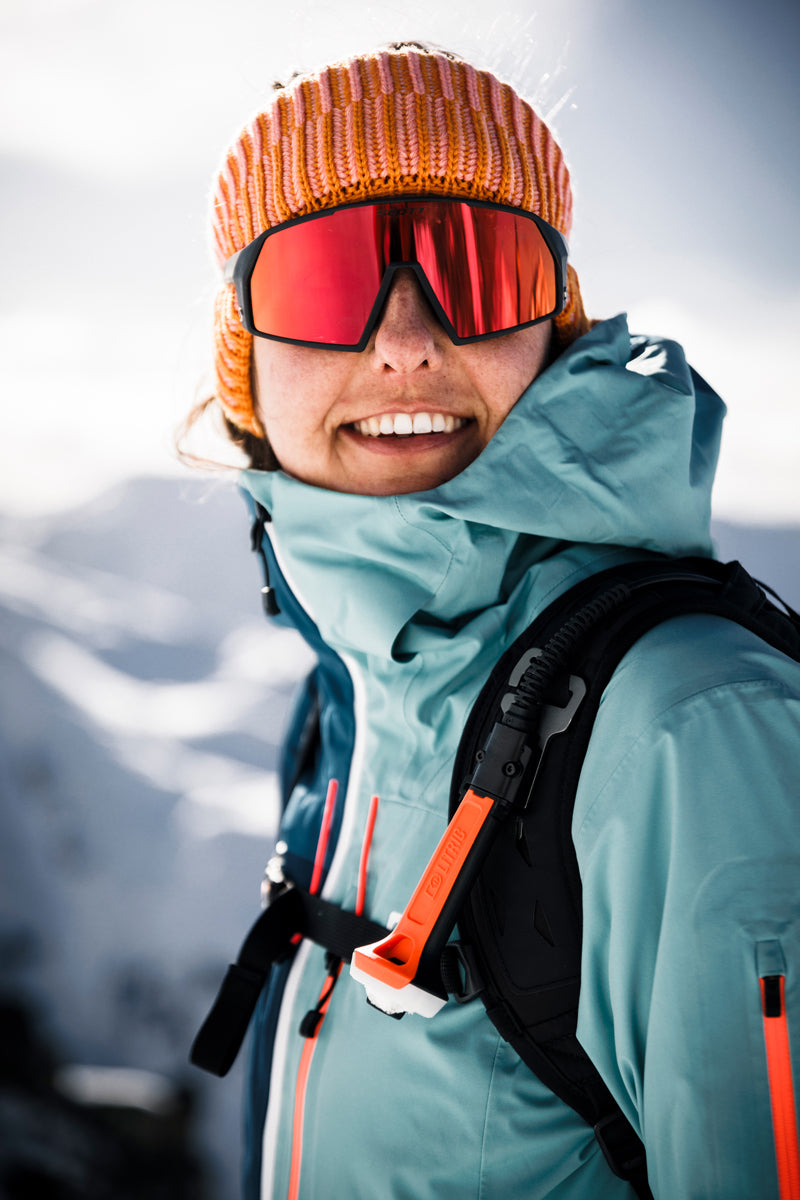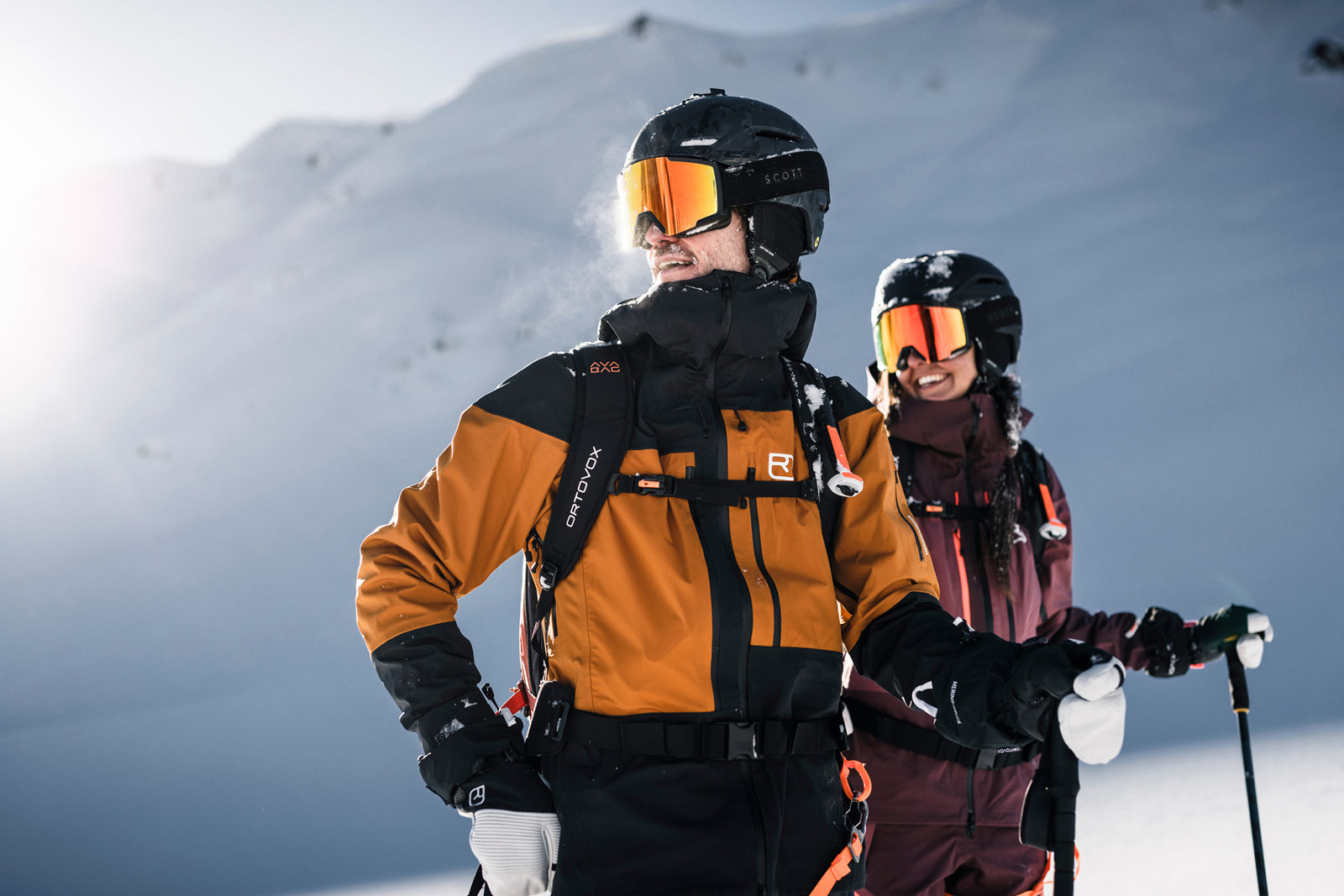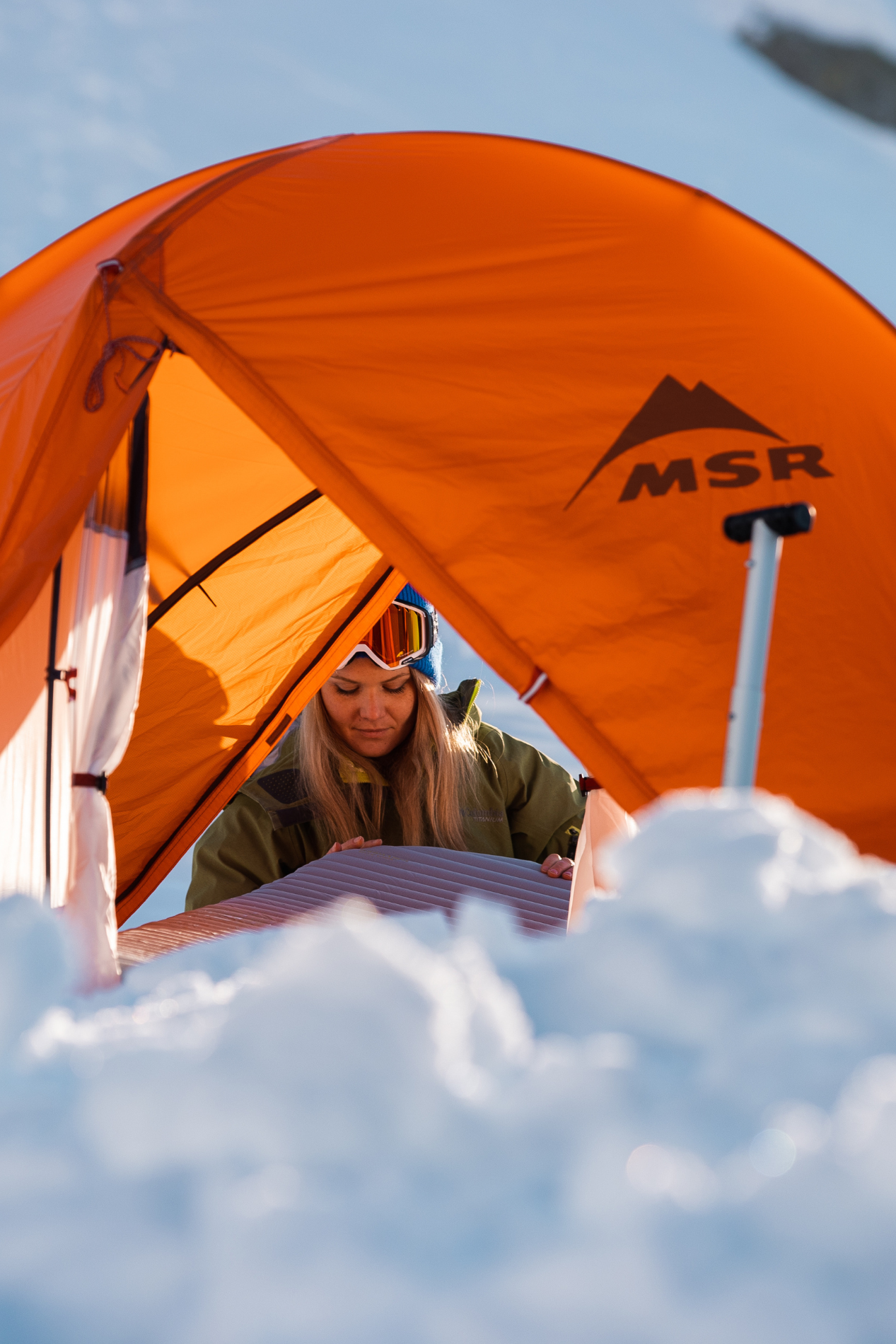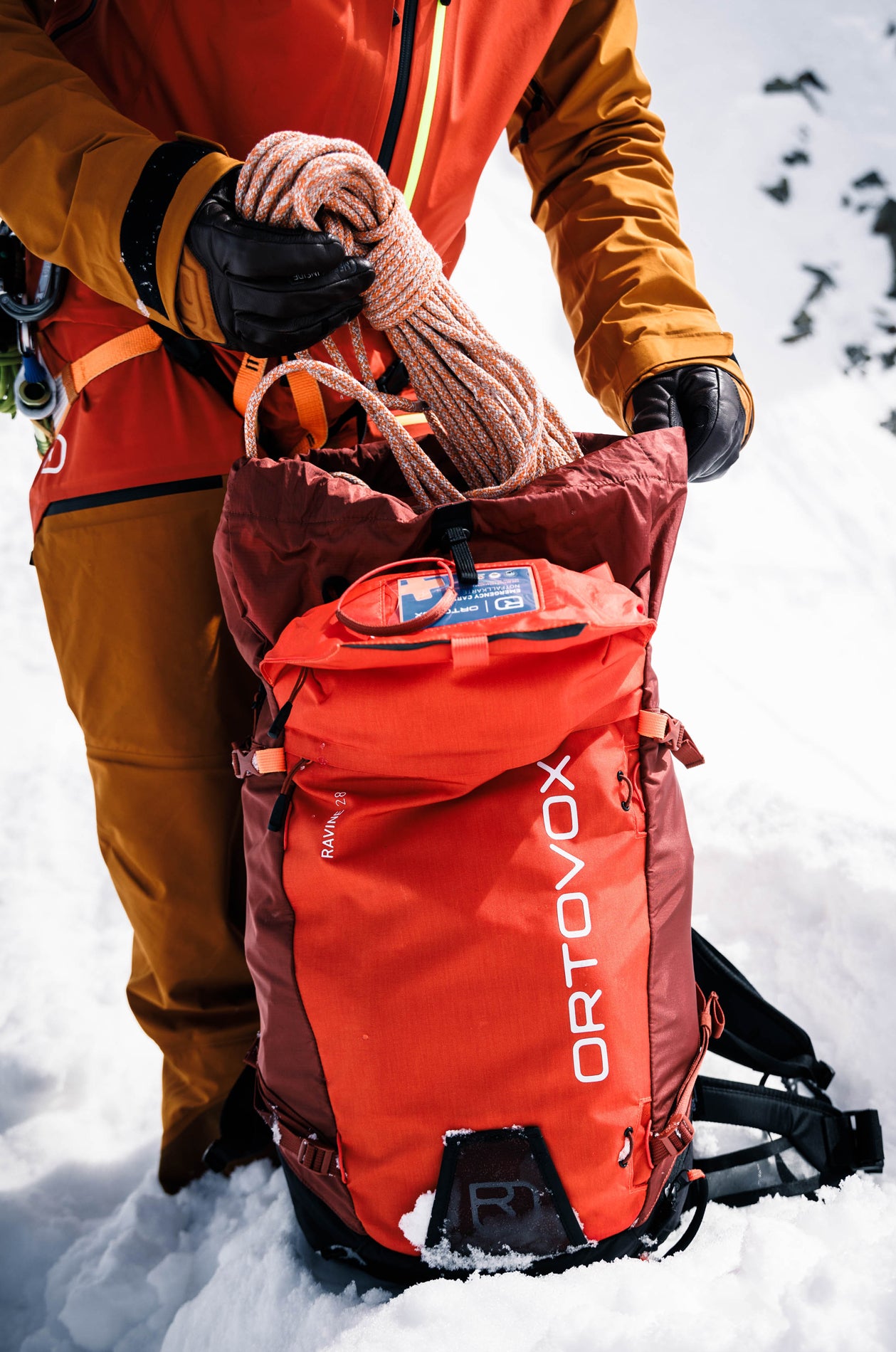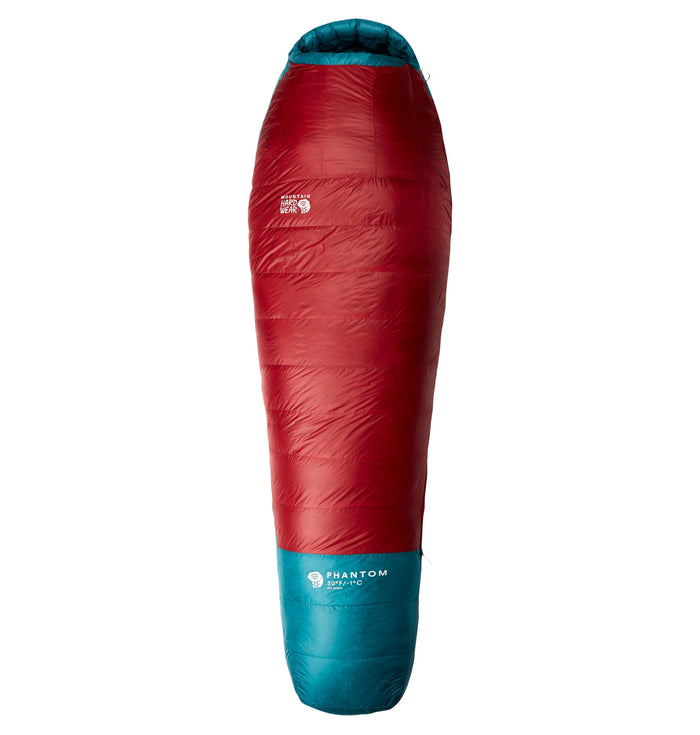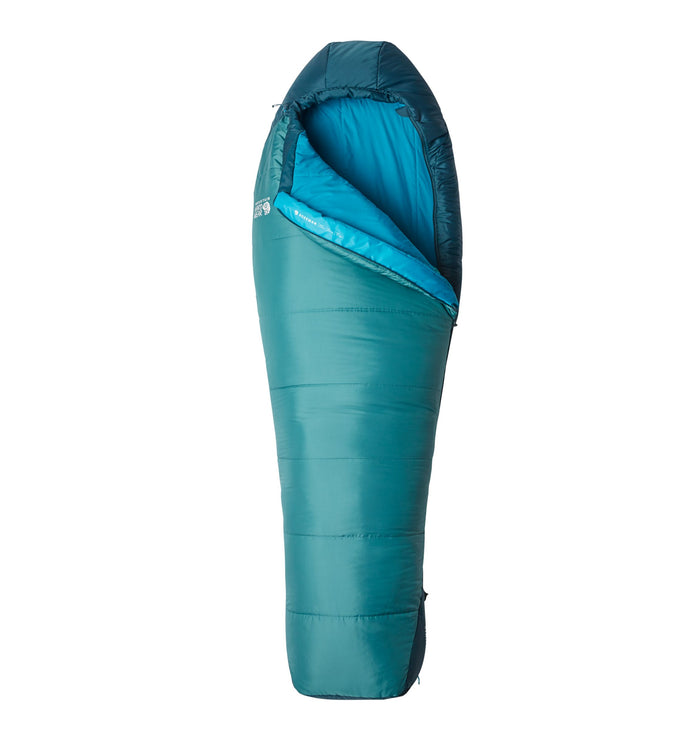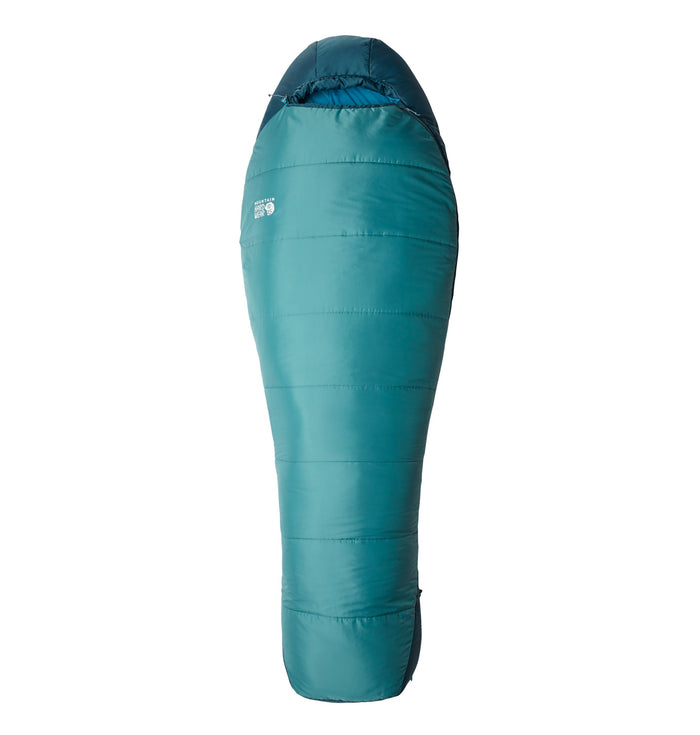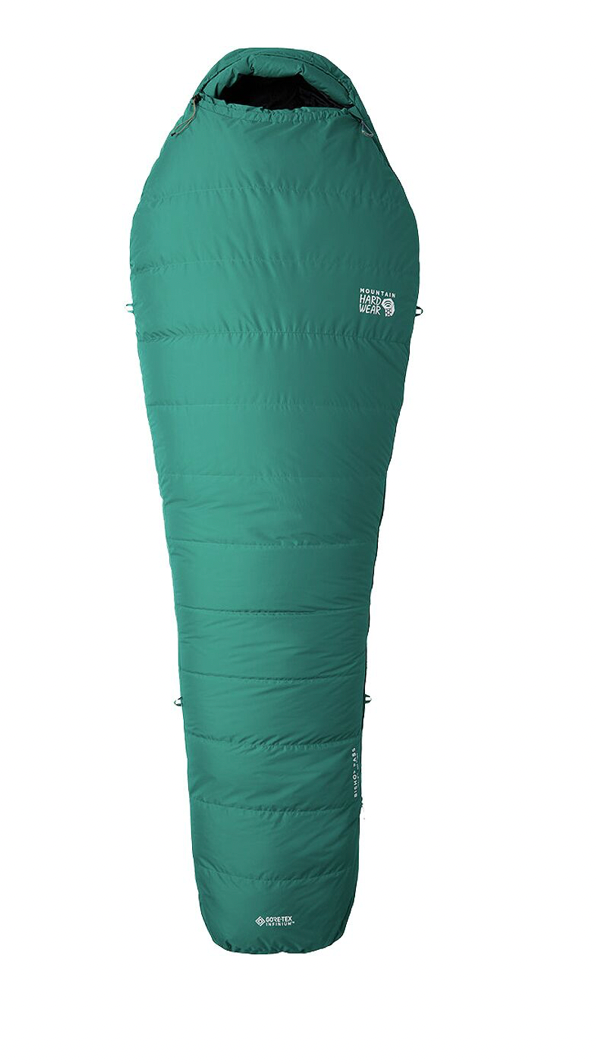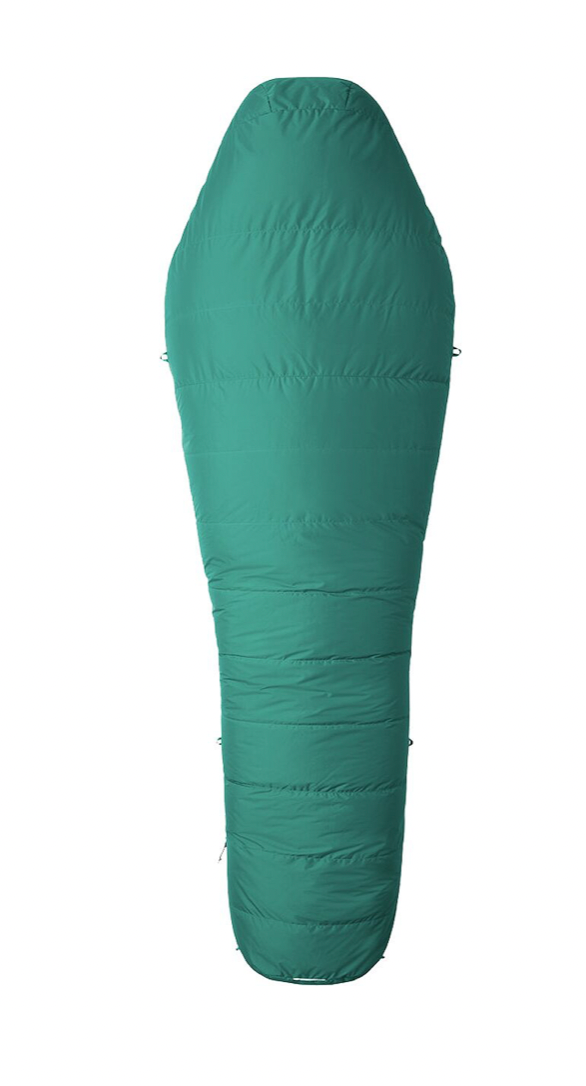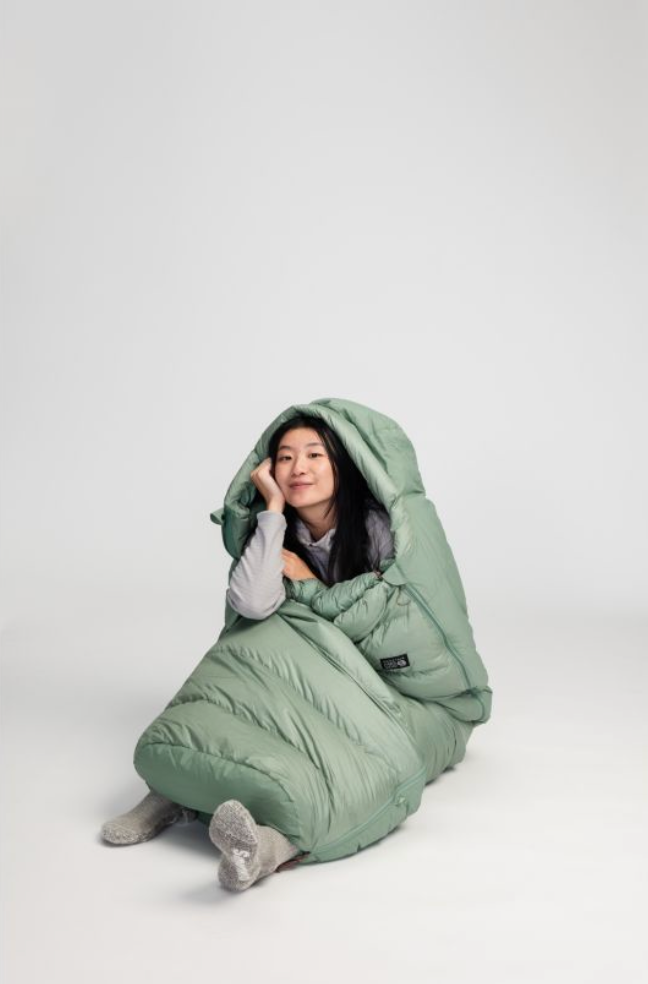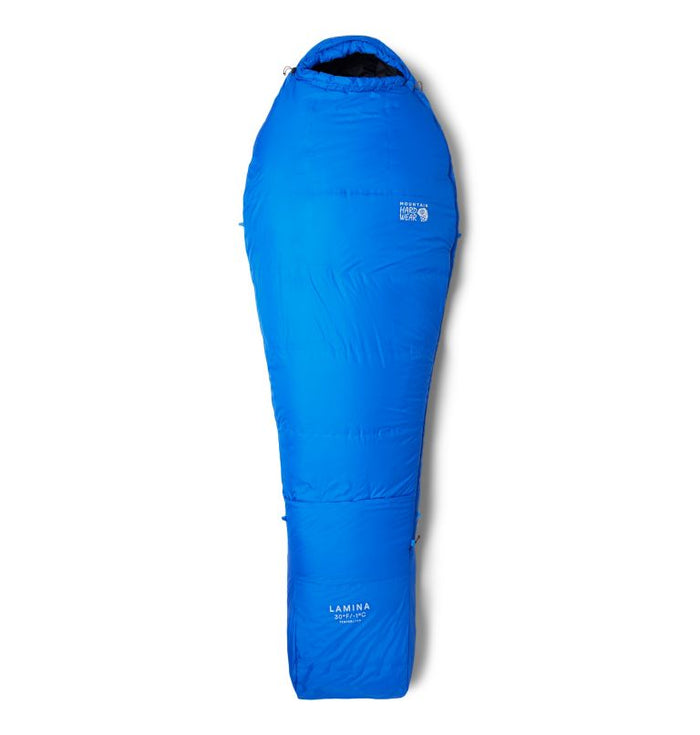Sleeping Bag Down Insulation
What is it?
Sleeping bag down is sourced from underneath the exterior feathers of ducks or geese. In recent years brands have started using duck down due to the rising cost of goose down. However, testing standards are the same for both goose and duck down. No birds are raised solely for feather production and brands now follow the Responsible Down Standard which follows strict guidelines to make sure:
- no down can come from live plucking
- farms must follow the five freedoms
- third party groups randomly inspect farms
- yearly audit
For a deep dive into down, check this post out. You can even track your down here.
What is down-fill power?
Goose down can have a higher fill power than duck down. Fill power is used to describe downs ability to retain heat. Down fill power is calculated by how many cubic inches of down one ounce of down can fill in a testing device. For example, 700 fill means one ounce can fill 700 cubic inches of space. Brands like Arcteryx use 850 fill in their mid-weight puffy jackets.
Therefore the benefit of a higher fill power is not a warmer but a lighter product for the same warmth. This is because the same ounce of down can fill more space comparatively.
A sleeping bag rated at -20C with 850 fill power will be lighter than a -20C sleeping bag with 600 fill power.
What is down waterproofing?
One of the downsides of down insulation is when it becomes wet, the down can lump together and lose its ability to retain heat. However, many products treat down molecules with a hydrophobic chemical (water resistant coating)—essentially adding zero weight to the insulation and giving it a some level of water resistance.
However, this doesn't make the down bags waterproof; when comparing a synthetic bag vs a down bag, it will still outperform a down bag because no mater how wet a synthetic bag will still retain heat. However, when comparing a treated down bag, it can absorb up to 70% less moisture than an untreated down.

Sleeping Bag Synthetic Insulation
What is it?
Typically, synthetic sleeping bags use polyester as the insulation material. They use a mixture of thick and thin threads spun together to retain heat. Recently brands have started to use a technology that welds heets of insulation instead of small threads. The insulation is mapped so it’s variable thickness throughout, so its warmer around the core and cooler around the legs. The lamination eliminates any sort of stitching and shingle construction which would be points off weakness, water penetration and limits excess fabric and weight. An example of this would be the the Lamina sleeping bag from Mountain Hardwear. Check out our breakdown to learn more.

Down vs Synthetic Sleeping Bags
|
Down |
Synthetic |
|
Lighter weight |
Heavier than down |
|
Very compressible |
Less compressible |
|
Expensive |
More affordable |
|
Loses warmth when wet |
Maintains warmth when wet |
|
Stays fluffy longer |
Loses their fluffiness sooner |
|
Requires careful and specialized washing |
Easy to care for |
|
Made from down found under the feathers of geese or ducks |
Made from polyester derived from petroleum |
Down vs Synthetic Sleeping Bag Scenarios
Getting set up with your first sleeping bag, is not worried about size and camping in summer/fall.
A synthetic sleeping bag would be perfect here. If money is no object, you could also use a down bag because you are unlikely to have long periods of rain in the summer.
Our recommendation would be the Lamina range
Looking for a year-round sleeping bag.
When sleeping in cabins in the winter, a down sleeping bag is preferred due to how small it can pack.
When planning one-day overnight camping trips, a down sleeping bag is excellent, again because of the space saving.
Our recommendation would be the bishops pass or the phantom, if cost is not a concern.
When doing multi-day winter camping, some thought must go into whether you think the bag is going to get wet without the opportunity to dry. Most people will go for down, because of the weight and size savings. But there is also plenty who would prefer to take a synthetic to be sure it's going to be useful when wet. Considering where you are going and what opportunitie you will have to dry your sleeping bag is a key consideration.
Our recommendation would be the Lamina or the phantom.
Entry level bag where price is the main concern.
Our recommendation is the bozeman.
Sleeping Bag FAQ's
How to wash a down sleeping bag.
You want to be cautious not to use anything that could break down the down fill inside the sleeping bag. Regular detergents can attach to the down and cause them to clump together, affecting the sleeping bag's warmth. Always use a down-safe detergent. Brands like Nikwax make them specifically for down-filled products.
- make sure the bag is unzipped and open
- use a front-loading washing machine
- wash the sleeping bag alone without any other clothes
- Use the cycle and temperature that the tags specify. If none is specified, use a gentle cycle with warm water.
- dry on low heat
- use tennis balls or small items to break up the clumps and fluff
How to wash a synthetic sleeping bag.
You can follow the same guidelines as above but do not need to be as conscious about the type of detergent used.
How to store a down sleeping bag.
Step 1
It's best practice to air out your sleeping bag after every use. Throwing the sleeping bag over your door for 24 hours helps dry the sleeping bag as much as possible before it gets stored. There is usually a loop at the base of the sleeping bag that can be used to hang the bag upside down.
Step 2
When packing away, it's best to stuff the bag instead of rolling; this helps compact the insulation differently each time so that the insulation doesn't get folded in the same way and develop creases.
Step 3
Never store your sleeping bag in its stuff sack. It will lose its evenly distributed filling this way. Always use the storage bag provided to store your sleeping bag when not travelling.


